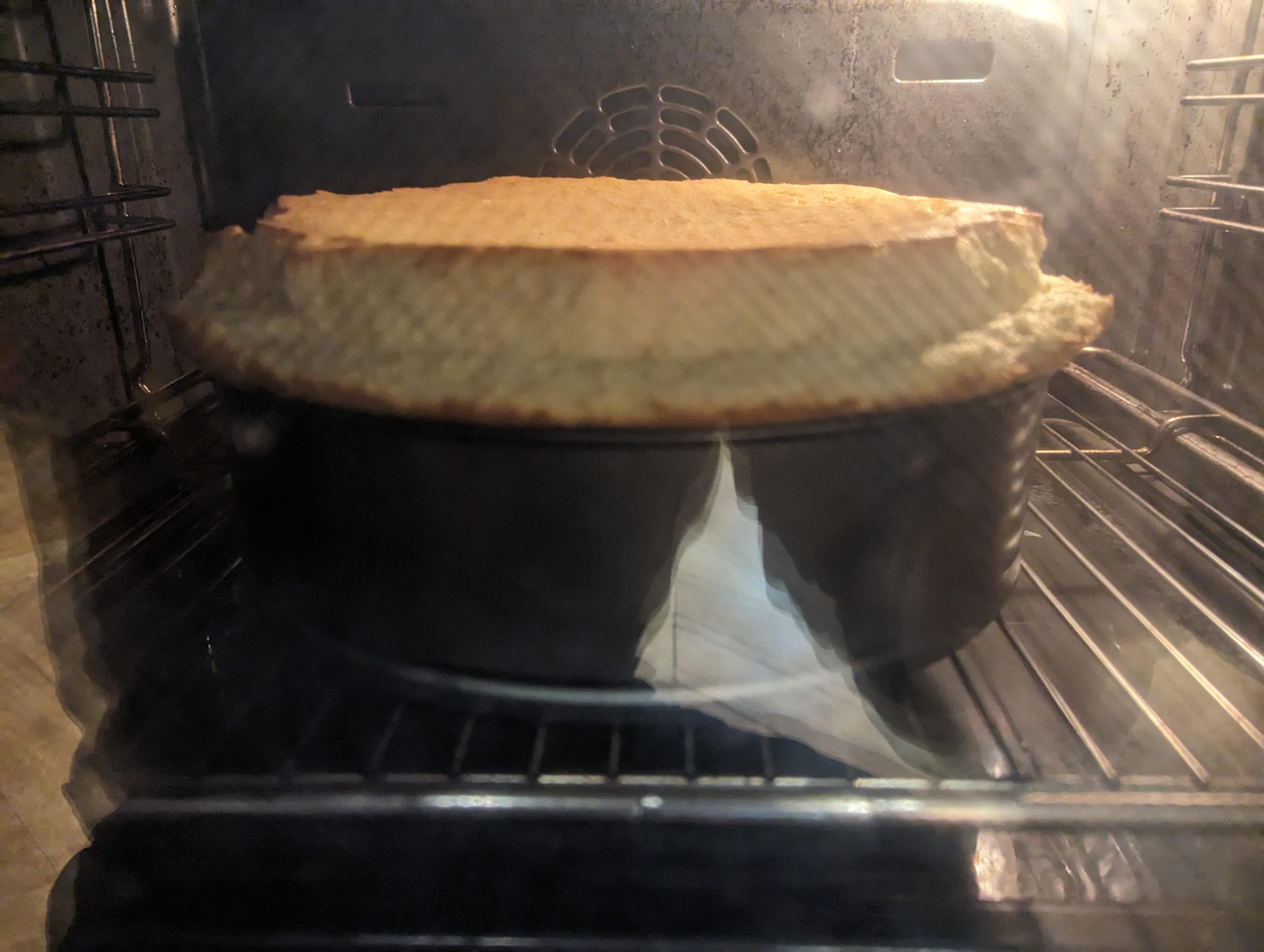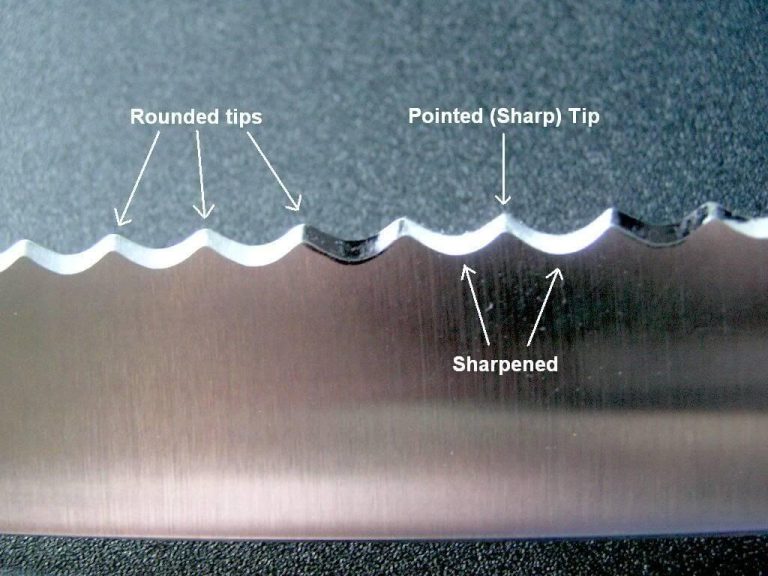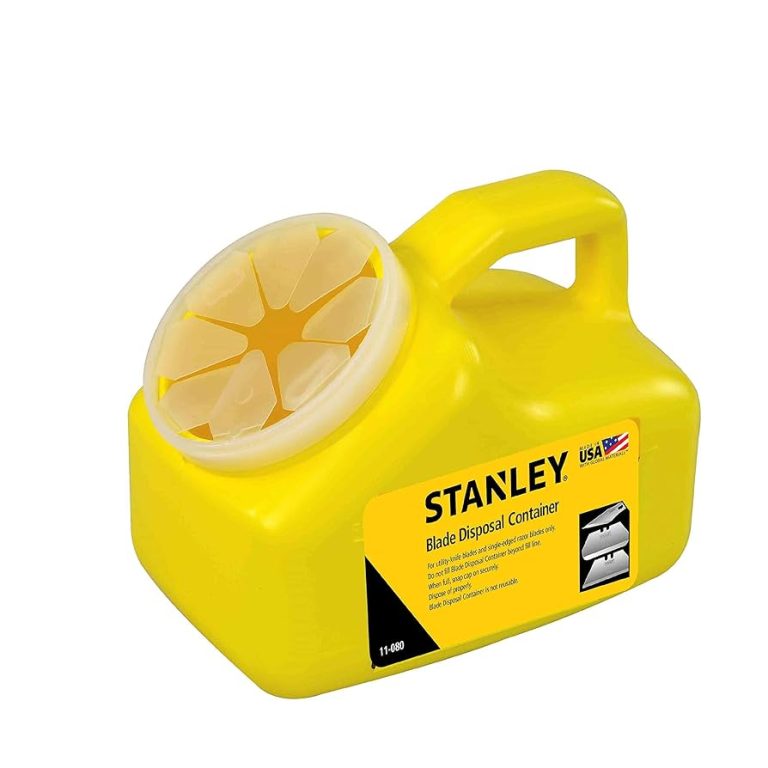Does Cheesecake Rise? Unveiling Baking Secrets
Does cheesecake rise? Yes, cheesecake rises slightly while baking due to the eggs expanding from the heat. However, it doesn’t rise like traditional cakes. Once cooled, it settles and flattens. Overmixing or high baking temperatures can cause it to puff up too much and then crack or collapse as it cools.
You’re not alone, and understanding the science behind this delicious dessert can change the way you bake forever. Imagine the satisfaction of presenting a perfectly risen cheesecake to your friends and family. You can achieve that every time with just a little bit of knowledge and a few simple tips.
Ready to unlock the secrets of a perfectly risen cheesecake? Keep reading to discover how you can elevate your baking skills and impress everyone with your cheesecake creations.
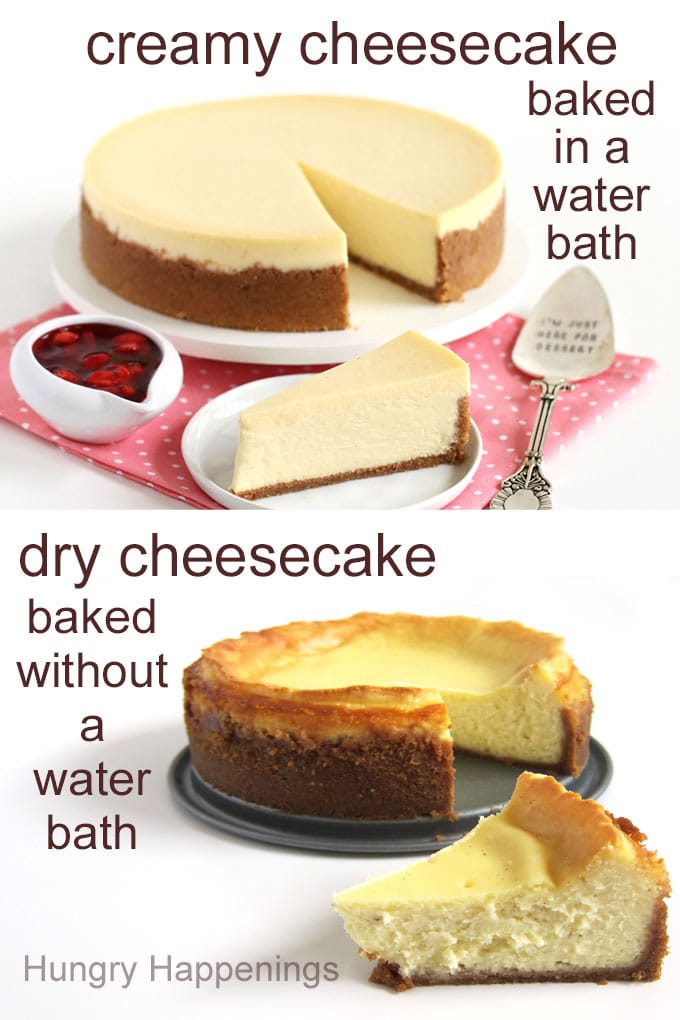
Credit: hungryhappenings.com
Does Cheesecake Rise?
The Science Behind Cheesecake
Cheesecake is a dessert loved by many. Its creamy texture makes it unique. But does cheesecake rise like other baked goods? Understanding the science behind cheesecake helps us discover its secrets. Let’s dive into the fascinating world of cheesecake.
The Role Of Eggs In Cheesecake
Eggs play a crucial part in cheesecake. They act as a binder. Eggs help hold the ingredients together. When baked, eggs expand slightly. This creates a subtle rise in the cheesecake. The proteins in eggs denature during baking. This process contributes to the texture of the dessert.
Why Cheesecake Doesn’t Rise Like Cake
Cheesecake doesn’t rise like traditional cakes. Most cakes rely on flour and leavening agents. Cheesecake uses cream cheese as its base. Cream cheese is dense and creamy. It doesn’t allow much expansion. The lack of flour means less rising. Cheesecakes are meant to be dense, not fluffy.
The Impact Of Baking Temperature
Baking temperature affects cheesecake. A high temperature can cause cracking. It also impacts the rise. Baking at a lower temperature helps. It ensures even cooking. The cheesecake remains smooth and creamy. Temperature control is key for perfection.
Understanding The Importance Of Air Incorporation
Air incorporation is crucial in cheesecake preparation. Mixing ingredients properly helps. It introduces air into the batter. But too much air can cause problems. It may lead to cracks. Gentle mixing is recommended. This ensures a smooth texture without excessive rise.
Using A Water Bath For Even Cooking
A water bath helps achieve even cooking. It provides gentle heat. This technique prevents sudden temperature changes. It reduces the risk of cracks. Cheesecakes cooked in water baths are smoother. They have a more consistent texture.
Credit: www.reddit.com
Ingredients That Affect Rise
Cheesecake does not rise like typical cakes. The lack of flour and yeast limits its rising ability. Eggs contribute some lift, but the dense cream cheese and heavy ingredients keep it relatively flat.
When baking a cheesecake, you might wonder if it rises like other cakes. The answer lies in its unique ingredients. Each component plays a critical role in determining the texture and height of your cheesecake. Understanding which ingredients affect the rise can help you achieve the perfect cheesecake, with just the right amount of lift and creaminess.
Eggs And Their Role
Eggs are one of the primary ingredients that can affect the rise of your cheesecake. They act as a binding agent, holding the mixture together. When beaten, eggs introduce air into the batter, which can cause the cheesecake to rise slightly. However, overbeating can lead to cracking as it cools, so aim for a gentle mix.
Cream Cheese And Its Impact
Cream cheese is the star of the show in any cheesecake. Its thickness and consistency have a direct impact on the cake’s rise. If the cream cheese is too cold or not mixed well, it might not blend properly, affecting the overall texture. Softened cream cheese ensures a smooth batter, which aids in even rising.
Sugar’s Sweet Influence
Sugar does more than sweeten your cheesecake. It helps in stabilizing the structure. The right amount of sugar can create a balance that allows the cheesecake to rise gently without collapsing. Using too much might weigh it down, preventing any rise at all.
Leavening Agents: To Use Or Not?
Unlike traditional cakes, cheesecakes typically don’t rely on baking soda or powder to rise. However, some recipes may include a small amount to introduce a slight lift. Using these agents can be tricky. They can cause the cheesecake to rise too quickly and then fall, leading to cracks. If you decide to experiment, use them sparingly.
Dairy Products: Cream And Milk
Adding cream or milk can make your cheesecake richer, but they also affect rise. Their liquid content can make the batter thinner. A thinner batter might not rise as much. Aim for a balanced consistency by adjusting the amount based on your desired texture.
Temperature And Baking Time
Ingredients aren’t the only factor. Temperature and baking time are crucial to ensuring your cheesecake rises properly. Baking at a consistent temperature prevents sudden rises and falls. A water bath can help maintain this consistency, avoiding cracks and sinking. Have you ever tried adjusting these ingredients? Share your experiences in the comments! Your insights might just help someone else achieve the perfect rise.
Baking Techniques For Perfect Texture
Cheesecakes generally don’t rise like cakes. Their dense texture forms from a custard-like mixture. The key lies in the gentle baking process.
Baking the perfect cheesecake is an art. One of the most common questions is whether cheesecake rises. While cheesecake does rise slightly, the goal is to achieve a creamy, consistent texture rather than worrying about significant rise. The secret lies in mastering the right baking techniques. Let’s dive into how you can perfect the texture of your cheesecake with some handy tips.
Use Room Temperature Ingredients
Start with room temperature ingredients. Cold ingredients can lead to a lumpy batter, affecting the texture. Let your cream cheese and eggs sit out for about an hour before you mix them. Have you ever tried to spread cold butter on bread? The same principle applies here.
Mix Gently But Thoroughly
When mixing, avoid overbeating. Overmixing incorporates too much air, which can cause cracks. Use a hand mixer on low speed. This ensures your cheesecake has that silky texture everyone loves. Do you want a cheesecake full of air bubbles or one that’s smooth and rich?
Bake In A Water Bath
A water bath helps maintain even baking. This method prevents the edges from cooking faster than the center. Wrap your springform pan in foil and place it in a larger pan filled with hot water. This technique creates a steamy environment, giving your cheesecake a luscious texture.
Control The Oven Temperature
Bake low and slow. Cheesecake requires a gentle heat to set properly. Set your oven to 325°F (160°C) and resist the urge to peek. Opening the oven door can cause temperature fluctuations, leading to unwanted cracks. Have you ever opened the oven and felt a blast of heat? That’s what your cheesecake experiences too.
Cool Gradually
Once baked, allow your cheesecake to cool in the oven with the door slightly ajar. This gradual cooling prevents sudden temperature changes. Transfer it to the refrigerator after it reaches room temperature. Patience at this stage is key. Think of it as letting a good wine breathe before serving. By employing these baking techniques, you can achieve a cheesecake with the perfect texture. Each step plays a vital role in the final outcome. Keep these tips in mind, and your next cheesecake will be a creamy, dreamy success. What’s your favorite cheesecake flavor to experiment with?

Credit: www.reddit.com
Common Mistakes In Cheesecake Baking
Cheesecake often doesn’t rise much, unlike other cakes. Overmixing can lead to cracks and sinking. Baking at high temperatures may cause the center to rise and fall unevenly.
Common mistakes can make your cheesecake journey a bumpy one. They often transform what should be a heavenly dessert into a kitchen disaster. If you’ve ever wondered why your cheesecake doesn’t rise or cracks like a dry riverbed, you’re not alone. Let’s explore these common pitfalls and prevent them from happening.
1. Overmixing The Batter
Overmixing is a common mistake that can lead to dense and deflated cheesecake. When you mix too much, you introduce excess air, causing the cake to rise and fall. Try mixing just until the ingredients are combined. I learned this the hard way when I ended up with a cheesecake resembling a pancake.
2. Incorrect Baking Temperature
Baking at the wrong temperature can ruin your cheesecake. Too high, and you risk overcooking, leading to cracks. Too low, and it may not set properly. Use an oven thermometer to ensure accuracy. This small investment saved me from many failed attempts.
3. Skipping The Water Bath
A water bath is essential for even cooking and preventing cracks. The steam keeps the cheesecake moist, helping it rise properly. Place the cake pan in a larger pan filled with hot water. Ever had a dry cheesecake? Adding a water bath could have been the solution.
4. Opening The Oven Door Too Often
Every time you open the oven, you let out precious heat. This can cause the cheesecake to collapse. Resist the urge to peek and trust the process. Think of it like checking on a sleeping baby—disturbing it can lead to trouble.
5. Rushing The Cooling Process
Cooling the cheesecake gradually prevents cracking and sinking. Allow it to cool in the oven with the door slightly ajar, then refrigerate. Speeding through this step often leads to disappointment. Patience is key. Would you risk your masterpiece for a moment of impatience?
6. Using The Wrong Ingredients
Every ingredient in cheesecake plays a crucial role. Substituting cream cheese or sugar could affect texture and taste. Stick to the recipe for the best results. Have you tried a low-fat version only to end up with a rubbery texture? The ingredients make all the difference. Addressing these mistakes can turn your cheesecake baking from a guessing game into a rewarding experience. Do you have other tips that have helped you in your cheesecake journey?
Tips For A Flawless Cheesecake
Cheesecake can be tricky. It requires patience and precision. Many wonder about its rise during baking. A few tips can help achieve a perfect, smooth cheesecake. These guidelines make baking a cheesecake simpler.
Use Room Temperature Ingredients
Ensure all ingredients are at room temperature. Cold ingredients don’t mix well. This can cause lumps in your batter. Smooth batter ensures a smooth cheesecake. Take ingredients out of the fridge early.
Mix At Low Speed
Use low speed when mixing the batter. High speed adds air to the batter. Air causes cracks and uneven rising. Keep the mixer on low for even texture.
Bake In A Water Bath
Place the cheesecake pan in a water bath. This prevents the edges from cooking too quickly. It keeps the cake moist and avoids cracks. Use foil to wrap the pan and prevent water from seeping in.
Avoid Overbaking
Overbaking causes dryness and cracks. Check the cheesecake’s center. It should jiggle slightly. The edges should be set. Let it cool in the oven with the door open for best results.
Chill Before Serving
Let the cheesecake chill completely before serving. This sets the texture. It also enhances the flavors. Plan to chill for at least four hours. Overnight chilling is even better.
Frequently Asked Questions
Does Cheesecake Rise Like A Cake?
Cheesecake does not rise like traditional cakes. It sets while baking. It may puff slightly.
Why Does My Cheesecake Crack On Top?
Cracking happens if the cheesecake cools too fast. Use a water bath to prevent this.
Is It Normal For Cheesecake To Deflate?
Yes, cheesecakes may deflate when cooling. This is normal as air escapes.
Conclusion
Cheesecake doesn’t rise like traditional cakes. It’s dense and creamy. The air bubbles in the batter expand slightly. This gives a gentle lift. Use eggs carefully. They help with texture. Baking at the right temperature matters. Too high can cause cracks.
Low and slow is better. Cooling gradually avoids sinking. A water bath helps keep moisture. Remember, practice makes perfect. Each cheesecake is unique. Experiment and find your favorite method. Enjoy your delicious creation. Whether it rises or not, taste is key.
Related Recipes
- How to Make Red Velvet Cheesecake? A Delicious Guide
- How Do You Make a Graham Cracker Crust for Cheesecake? Easy Steps
- 7 Best Cake Knife: Exquisite Sets for Weddings, Birthdays, and More
- 7 Best Sheet Cake Pan: Discover Top Picks for Perfect Baking Results
- 7 Best Tube Cake Pan: Discover Top Picks for Perfect Baking Results

